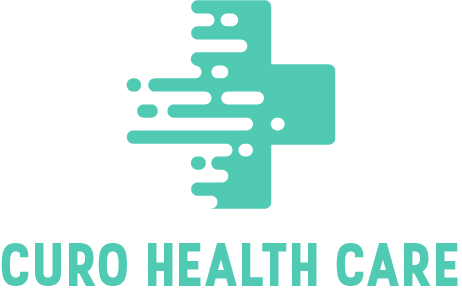When an unfortunate incident leads to injury, the journey toward seeking compensation and justice can feel daunting. The legal mechanisms in place are designed to ensure that individuals who suffer harm due to someone else’s negligence or intentional actions can seek and receive the rightful remedies. It is imperative to demystify the process involved, providing clarity and support for those embarking on this often complex path.
Initial Consultation With An Attorney
The first step in addressing a personal injury incident is to consult with a legal professional such as those found at Ward & Ward Personal Injury Lawyers. This meeting is crucial for several reasons. It allows the injured party to understand the feasibility of their case, the potential for compensation, and the legal strategies that may be employed. A personal injury lawyer can offer invaluable advice on the nuances of the law, helping clients navigate through the myriad of legal requirements and procedures. During this consultation, it’s important to discuss the specifics of the incident, the extent of injuries, and any financial losses incurred. This information forms the foundation of the case.
Investigation And Documentation
Following the initial consultation, a comprehensive investigation into the incident is conducted. This phase is critical as it involves gathering all relevant evidence to support the claim. Legal teams meticulously document the circumstances surrounding the incident, including witness statements, medical reports, and any other pertinent information. This stage is about building a robust case that demonstrates the other party’s liability and the extent of the injuries sustained. It’s a meticulous process that lays the groundwork for negotiations or, if necessary, a court trial.
Negotiations For Settlement
Before proceeding to trial, there is often an opportunity to negotiate a settlement with the opposing party. This phase involves discussions between the legal representatives of both sides to agree on a fair compensation amount for the injuries and losses suffered. Settlement negotiations can be a quicker, less stressful way of resolving the case without the need for a court trial. However, the injured party must have skilled legal representation to ensure that the settlement offer adequately reflects the extent of their injuries and losses.
The Trial Process
Should negotiations not result in a satisfactory settlement, the case may proceed to trial. Trials involve presenting the case before a judge or jury, who will then determine liability and compensation. The trial process is complex, involving the examination of evidence, witness testimonies, and legal arguments from both sides. It is a stage where the expertise of a legal professional is invaluable, not only for presenting the case most compellingly but also for navigating the procedural aspects of the court system.
Receiving Compensation
Upon reaching a successful conclusion, whether through settlement or trial, the final step is the disbursement of compensation to the injured party. This compensation aims to cover medical expenses, lost wages, pain and suffering, and other losses resulting from the injury. The process of receiving this compensation can vary, depending on the specifics of the settlement or judgment.
Support Throughout The Journey
The journey through a personal injury case is fraught with legal complexities and emotional challenges. It underscores the importance of having experienced legal counsel by your side, guiding you through each step with expertise and empathy. The goal is not only to seek justice but also to ensure that individuals can move forward with their lives, having received the support and compensation they deserve.
While the path to resolving a personal injury case can be intricate and demanding, understanding the process and having the right legal support can make all the difference. It’s a journey towards not just financial compensation, but also healing and closure, ensuring that individuals have the resources and support they need to recover and rebuild.

